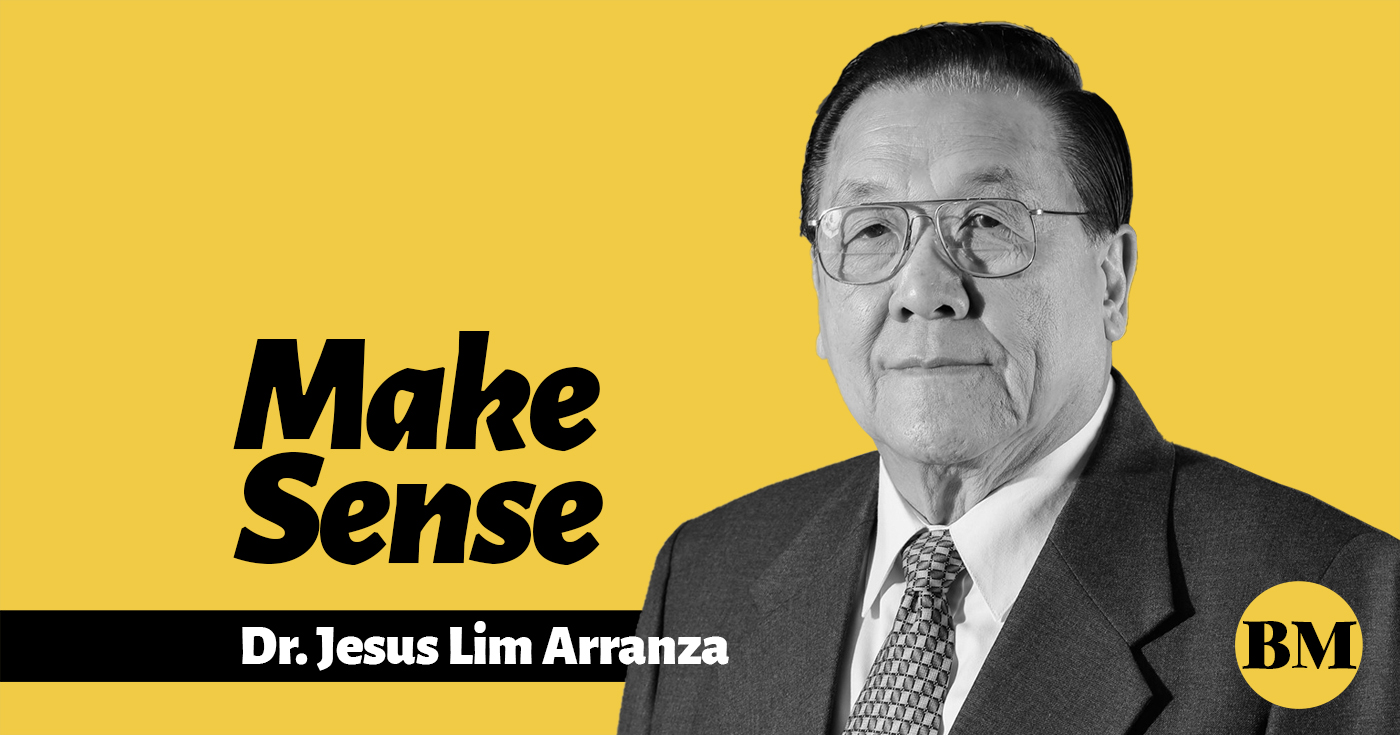The present food and agricultural crisis haunting the nation is rooted in the failure of the government to implement fully the agrarian reform program as envisioned by the framers of the Constitution and the Comprehensive Agrarian Reform Law (CARL) of 1988. This failure is one major reason for the persistence of mass poverty in the countryside and the continuous expansion nationwide of the army of landless rural poor, meaning those without land rights (excluded from the coverage of land transfer) and without stable or secure jobs.
What does the Constitution and CARL say about the goals of agrarian reform?
Section 1, Article 12, of the Constitution states: “The State shall promote industrialization and full employment based on sound agricultural development and agrarian reform.” CARL (Republic Act 6657) re-states the foregoing as follows: “The welfare of the landless farmers and farmworkers will receive the highest consideration to promote social justice and to move the nation toward sound rural development and industrialization”.
A cursory look at the work of the Department of Agrarian Reform from the time of President Corazon Aquino up to the present shows that the overwhelming preoccupation of DAR has been on the acquisition and distribution of land for the benefit of eligible landless farmers. LAD is the imagined “social justice” component of CARP.
And yet, 35 years after CARL’s passage, LAD is unfinished. Many agrarian reform beneficiaries (ARBs) are still not able to reach a higher level of economic well being, that is, to become full and capable owners of the land awarded to them. A big number of would-be beneficiaries have not received their land titles. This is due primarily to legal bottlenecks and compensation issues in the land transfer process. DAR also has no coherent program to help transform the ARBs to become progressive and productive farm producers. Worse, there are CARP reversals such as the pawning, mortgaging and selling by some ARBs of their lands to old and new land-owning elites such as the rich land developers, speculators and “land bankers”.
Amazingly, DAR has also no program to address the concerns of the landless farm workers who cannot be accommodated under the LAD program. Many of these landless farm workers are children and grandchildren of ARBs and non-ARB small farmers owning one hectare or less. Being ineligible under LAD, these landless and “most numerous” rural poor have to scrounge for jobs, no matter how marginal or low-paying, wherever these jobs can be found. In the process, they become what some sociologists call as the cheap “reserve army of labor” in commercial farms, fish canneries, sweatshop factories, informal construction sites and so on.
And yet, the solutions to the economic plight of the landless rural poor are not being addressed. As the charter and CARL put it, agrarian reform has triple tasks: delivery of land justice, development of progressive rural communities, and promotion of agri-based industrialization. The fulfillment of these triple tasks means the transformation of ARB and non-ARB communities into stable and strong communities able to generate productive investments and jobs for all.
We have difficulty looking for policies and programs developed by DAR and Neda to address the foregoing agrarian reform triple tasks in a coherent or coordinated manner. What we see instead are limited gains and many weaknesses in the LAD implementation.
As to the promotion of sound agricultural development in rural communities, success is even more limited, as reflected in the present productivity crisis engulfing both the so-called agrarian reform communities (ARCs) and non-ARC areas. The truth is that DAR officials have been cognizant of the importance of transforming the ARCs into productive farming communities by proposing to funders projects to link the ARCs to markets and “support services”. But where are these successful ARCs today? Is there a genuine transformation of these ARCs? If so, what is the national impact of ARC transformation? What is their contribution in easing the country’s hunger for food sufficiency at affordable prices for the consuming public?
The third agrarian reform task is linking or fusing agricultural development and industrialization. In the post-war development of Japan (and later in South Korea and Taiwan), this linkage was proven to be critical in the national development of a country. After all, the government can only distribute so much land. The creation of good quality jobs for the excluded landless lies in the industrialization of the country, with the progressive rural communities serving as an initial base for industrial transformation and takeoff. In fact, the so-called needed strengthening of the value chains for various agricultural products requires the availability of supporting agri-industrial products and facilities.
Again, DAR and other government agencies such as Neda have very little to report on what they have done to ensure the country’s success in the agri-industrial transformation of ARC and non-ARC communities as well as in the overall industrialization of the country. Note that in the 1970s, the Philippines was a leader in Southeast Asia in the development of fertilizer and agri-chemical industry, manufacture of tractors and agricultural machinery and the establishment of various agri processing facilities. But today, the industrial edge is eroded. The country has become more and more dependent not only in the importation of agricultural produce but also of various agri-industrial products.
The point is that if President Bongbong Marcos is serious in initiating reforms in the agricultural sector, a good starting point is a review of the 35-year-old CARP and the failure of past administrations in fulfilling the CARP’s triple tasks. To summarize, the following need to be done:
First, the LAD component of CARP should be completed and CARP itself should move upward to a higher level of implementation: —the transformation of ARBs and other small landowners-cultivators into modern and productive agribusiness farmers (not to be confused with the big agribusiness corporations). Next, the ARCs and other farming communities should be transformed into modern agricultural and agri-processing communities led by empowered ARBs, small farmers and yes, landless workers. This means not only an extension of CARP but also its expansion in accordance with this vision.
This re-thinking and re-visioning of CARP also requires a strengthening of the organization of ARBs and other small farmers in the pursuit of common goals such as higher outputs through consolidated and cooperative land production. In the new Philippine Development Plan 2023-2028, there are general proposals for land consolidation in order to address land fragmentation that is being blamed for low productivity in agriculture. We agree.
However, such consolidation should not be done by the big agribusiness corporations who have managed to buy the land rights of indebted ARBs and small farmers, as what has been happening in some banana plantations through the so-called agribusiness venture agreement (AVA) modality. We support the call of the Foundation for Agrarian Reform Cooperatives (FARM-Coop) of Mindanao to halt the “splitting” or “parcellization” of lands that are under collective titles and are able to compete with the big agribusiness companies and multinationals. Such a splitting or parcellization can only lead to the break-up of farmer organizations and the eventual takeover of lands by the big agribusiness firms who take advantage of the financial weaknesses of ARBs and small farmers.
To reiterate, what the country needs now is the fuller and higher implementation of agrarian reform, not a reversal of the program.
Dr. Rene E. Ofreneo is a Professor Emeritus of the University of the Philippines.
For comments, please write to reneofreneo@gmail.com.



























